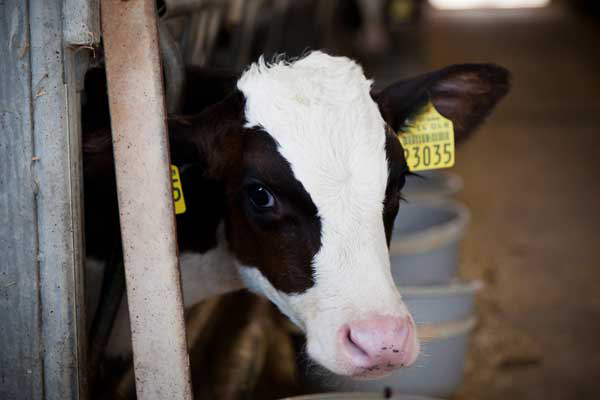Livability calves of dairy heifers

There has been a strong downward trend in terms of livability of calves from dairy heifers in the Netherlands between 1993 and 2010.
In the period 2010-2012, there has been an upward trend of 3%, but further improvement is desired. Therefore researchers from the Animal Breeding and Genomics Centre of Wageningen UR Livestock Research investigated potential underlying factors, in consultation with a focus group of CRV and GD Animal Health. The main results are presented in the September 1 issue of the farmers journal Veeteelt.
Important environmental factors
One striking result was that the percentage of live calves born from dairy heifers was on average 8% lower on farms in the north compared to farms in the southeast of the Netherlands. The research also showed that large and growing farms did not have fewer live-born calves from heifers than small and not growing farms. Herds with less than 30, and herds with more than 180 cows scored on average 1% higher livability than medium-sized farms. The season of calving had a great effect on the percentage of live-born calves from dairy heifers. In November, this percentage was the highest, and in that month 3% more live calves were born than in February.
Breeding
The research also focused on finding possible genetic defects. However, no evidence of genetic defects was found that could explain the trend observed in time. It was shown that breeding can play an important role in reversing the negative trend in livability, because there is a large variation present in the genetic merit for livability among bulls. Especially for herds with an average livability below the national average of 87%, it is advised to select bulls with a high breeding value for livability.
[Source: Wageningen University]











